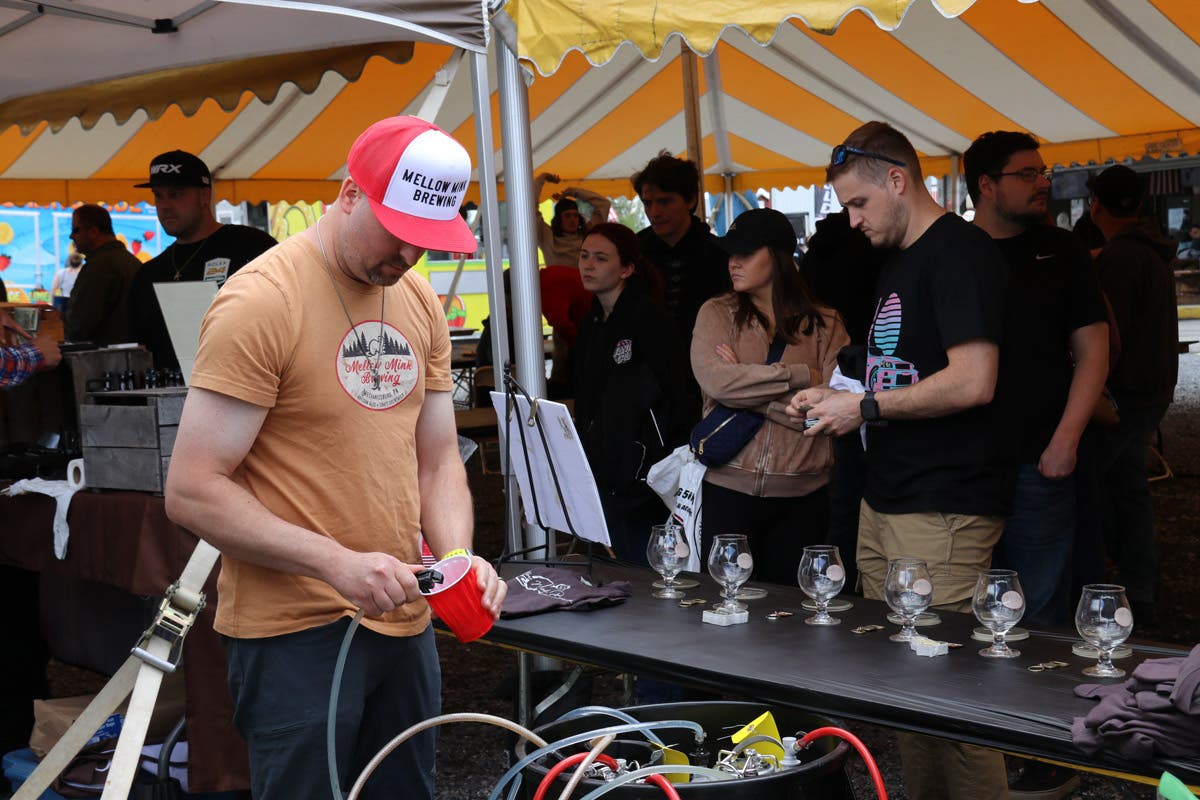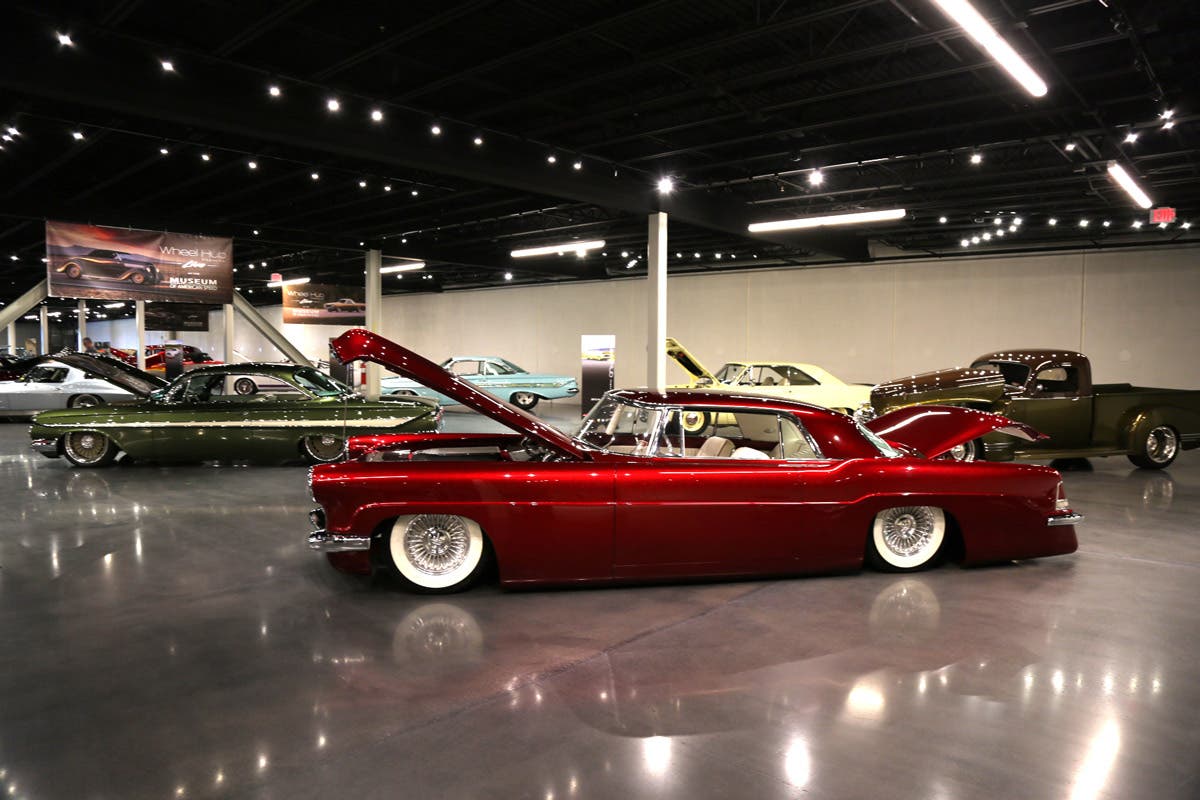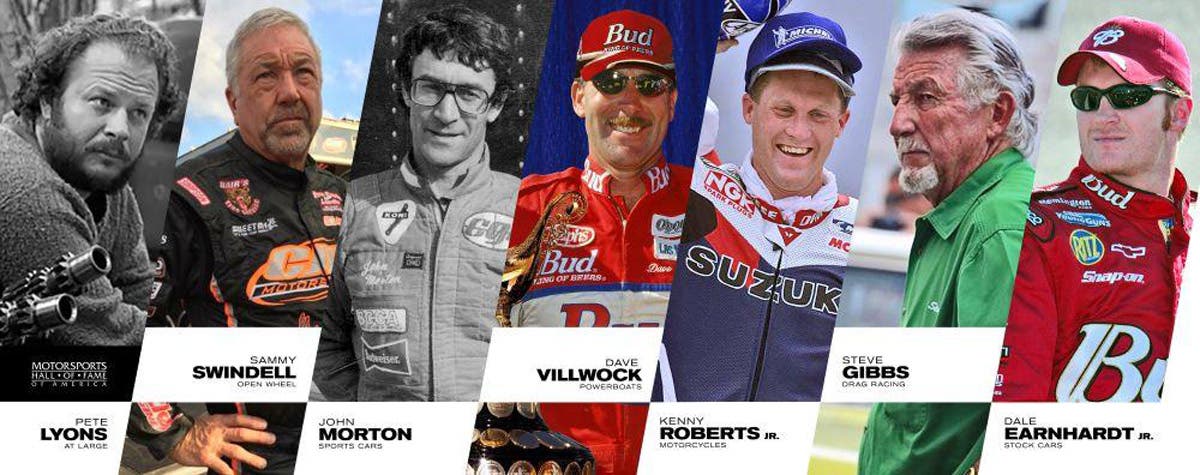Manthey Salvage makes room for old iron worth saving
Story and photos by Ron Kowalke Hands-on-type old car hobbyists know the value of having good neighbors; those next door who understand, or at least tolerate, an occasional parts car…
Story and photos by Ron Kowalke
Hands-on-type old car hobbyists know the value of having good neighbors; those next door who understand, or at least tolerate, an occasional parts car in the driveway and hammering and grinding noises coming from the garage. This type of understanding is vital to a hobbyist’s ability to get fully immersed in restoration projects while keeping the peace in the neighborhood.
While having good neighbors is vital in residential areas, they are also essential to business success for salvage yards. There have been countless yards done in by urban sprawl. The yards began in the middle of nowhere, only to eventually be surrounded by hard-to-please homeowners who make life impossible for the yard owners.
That hasn’t happened to Manthey Salvage, located on the fringe of Mauston, Wis. Bob Dziewror has been a customer of the 100-acre yard for 25 years. When he decided to build his home on property adjacent to the yard, Manthey Salvage owner Jeff Manthey told him: “Good. You won’t complain about the yard.”
Beneficial relationship
Manthey Salvage existed in its current location long before Dziewror built his house. According to Dziewror, Jeff Manthey’s father, Jerry, started a scrap metal business on what was his father’s farm property during World War II. He expanded the scrap business to include a late-model salvage yard in the 1950s. Jerry, now 83, retired 10 years ago, and Jeff and his wife, Ann, took over the business.
Manthey Salvage has eight employees. Jeff runs the scrap metal business while Ann handles the late-model salvage and office operations. Due to time constraints, up until eight years ago, vintage cars that came into the yard were crushed. This had been the policy since Jerry Manthey initiated the yard business in the 1950s.
“Jerry and Jeff were basically in the scrap metal business, and nothing got saved,” Dziewror explained.
It was during one of Dziewror’s parts hunts in the yard eight years ago that the policy to crush old cars got revised. Salvaging a “nailhead” V-8 from a doomed Buick for a hot rod project he was working on, Dziewror said the guilt stemming from his preservationist nature compelled him to confront Jeff Manthey about the importance of saving old cars. “I told him it’s a shame to crush these cars,” he said.
In a be-careful-what-you-ask-for moment, Dziewror said Manthey immediately challenged him by replying: “I don’t have the time or knowledge to deal with vintage cars, so if you want to do it, fine.”And that became the moment when Manthey Salvage again expanded to include a section of the property devoted to saving old cars. That area now numbers close to 250 cars and is managed by Dziewror.
Education and restoration
Prior to becoming manager of Manthey Salvage’s vintage inventory, Dziewror’s frequent visits to the yard as a customer stemmed from his need for parts to complete his project vehicles. His devotion to restoring old vehicles was an outlet from the pressures of his job as an art teacher at Mauston High School for 34 years up until his retirement two years ago.
“I loved art, and I loved old cars,” Dziewror said. “[But] I had a teacher when I was in high school who warned me against making my profession my hobby. So I taught art during the day and worked on old cars at night.”
It’s evident that Dziewror’s meticulous nature and attention to detail gained from decades of teaching art have carried over to his restoration skills. He does all his own restoration work, including interior rehabs and finish paint work.
His high school teacher’s advice to find a hobby outside of the art world was the catalyst for Dziewror’s first project acquisition, a 1959 Volkswagen Beetle with a rollback top. While a “Bug” would have been an economical choice of transportation for a young teen-ager, Dziewror had other plans for the car.
“That Beetle got cut up to make a dune buggy,” he recalled. “It didn’t mean anything to me at the time, but it was a rust-free car.”
The dune buggy remains part of Dziewror’s current car collection, which also includes of a 1935 Ford Tudor powered by a Chevy 350-cid V-8, a ’48 Chevy pickup street rod and an almost-completed ’34 Ford pickup street rod that houses the aforementioned Buick “nailhead” V-8. Possibly to atone for chopping up the rust-free VW in his youth, Dziewror also has a 1930 Chevy heavy-duty truck that was in Manthey Salvage and destined to be crushed. It was too far gone to be restored, so Dziewror parked it on his front lawn as yard art.
New direction
In defiance of his high school teacher’s warning not to mix business and pleasure, Dziewror now spends his days managing Manthey Salvage’s vintage inventory and his nights restoring his project vehicles. Two years into his retirement, though, the “all old cars all the time” lifestyle seems to be working fine.
One of the ways Dziewror finds balance is to allow customers to view the Manthey Salvage’s vintage collection by appointment only. Customers showing up unannounced or calling Jeff or Ann Manthey to gain access to the vintage section of the yard will get referred back to Dziewror. Once an appointment to visit the yard is made, Dziewror will accompany customers into the yard to answer questions and help with navigating the property. The vintage vehicles are neatly staged in rows separated by wide aisles, but in no particular grouping by manufacturer. Having Dziewror along to point out what’s what is a definite time-saver.
During the warm weather months, the yard property is in full bloom with thorny vines and tall weeds. Wearing long pants is recommended, and bringing a garden shears along is a necessity to get decent looks at the undersides of vehicles.
Parts aplenty
Having spent time on the winter-salted roads of Wisconsin, much of the vintage iron in Manthey Salvage has suffered the ravages of rust. The majority of vehicles in inventory are parts cars. There are no titles to any of the vintage vehicles in the yard. Any whole cars purchased are done so on a bill of sale. Dziewror also mentioned that the yard currently has no muscle cars or 1932-’36 Fords.
What Manthey Salvage’s inventory lacks in muscle and rust-free examples, it makes up for in variety. Included among the rows were three Kaiser sedans, three Lincoln-Zephyrs (one sedan and two coupes, all missing engines), a handful of first-generation Ford Mustang hardtops (no fastbacks, but one equipped with the rare four-speed manual transmission), several 1961 Fords in various body styles and many Ford trucks of various body styles, dating from 1947 to ’50. Also in abundance were station wagons (several two-door models) and convertibles from a variety of manufacturers.
While Dziewror pointed out that most of the vintage inventory of Manthey Salvage was of parts-car quality, exceptions exist. Among the solid, restorable models are a 1961 Dodge Dart Seneca two-door sedan, ’61 Oldsmobile Dynamic 88 sedan whose interior is as tidy as the day it left the dealership, a “barn find” ’51 Nash Statesman Super two-door sedan and a rare (only 1,535 built) ’63 Chrysler 300 Sport Series convertible.
There is also one vehicle that defies logic. Someone invested much time and money to completely restore an early-1950s International L185 Roadliner wrecker, and then abandoned it in the yard. It features a diamond-plate front bumper extension that accommodates a winch, a diamond-plate tow boom bed and every imaginable siren and safety light in place. Needing only some spit and polish to regain its post-restoration luster, this is a project vehicle needing minimal work.
Keeping it safe
Dziewror cautioned that he does not offer shipping. “I’m a one-man crew,” he explained. He previously offered parts shipping, but “there were too many hassles, and too many bad outcomes” to continue.
What the yard does offer is the equipment to properly load vehicles on customers’ trailers. Customers can bring in tool boxes, but parts can only be removed after both getting approval from Dziewror and coming to an agreement on a price. Any torching can only be done by yard employees, and there is no smoking on the yard property. Any hoods, doors or trunk lids opened when searching for parts must be closed when finished. This is a rule about which Dziewror is adamant. “All I ask is that customers show some respect for the vehicles when removing parts. Just so the next guy has a chance.”
As I was was preparing to leave, Dziewror concluded by saying, “Jeff is doing a real service to the hobby by saving this vintage iron when he could be crushing it and making money. Most guys I bring over are very thankful to have this stuff available to them.”
To make an appointment to visit Manthey Salvage’s vintage collection, contact Bob Dziewror at 608-547-7794. Available appointment times mirror the yard’s hours of operation, which are year-round, Monday through Friday, 8 a.m. to 5 p.m., and Saturday, 8 a.m. to noon.
The postal mailing address of the yard is: Manthey Salvage, N3584 Townline LL Rd., Mauston, WI 53948. The phone number for the scrap metal or modern salvage operations of the yard is 608-847-2202.








